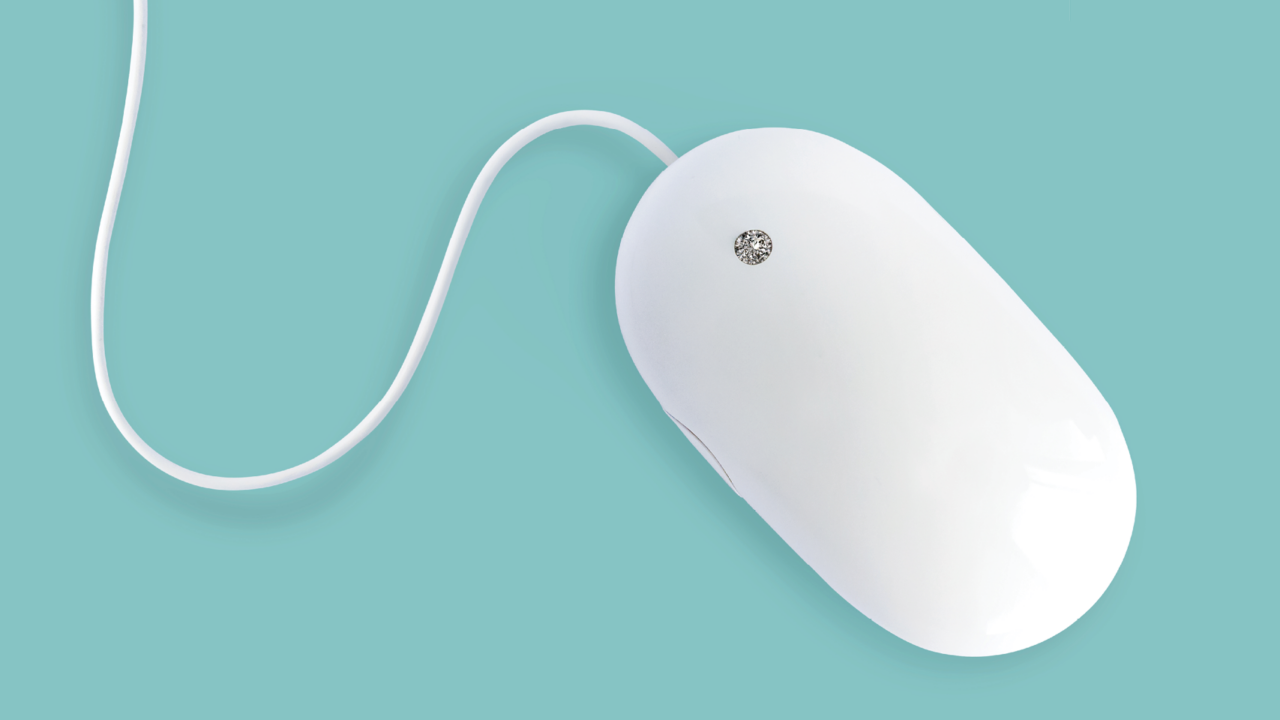A retailer’s website may be many jewelry shoppers’ first introduction to the store. But jeweler retailers risk losing potential sales unless they understand the changing dynamics of online customer engagement.
Gus Garcia is chief growth officer at Loudr., a full-service marketing agency that caters to jewelry retailers and has offices in Denver, Colorado, and West Palm Beach, Florida. Here, he shares his insights with Rapaport Magazine.
What do retailers need to improve?
Overall, the user experience has not been optimal. Customers should reach their end goal with as few steps and obstacles as possible, whether they want to make an online purchase or schedule an in-store appointment, which may be the case with a higher-ticket item.
What are nonnegotiable features for a jewelry website?
It is essential to create tailored landing pages for all product categories and promotional events, as well as evergreen messages, to drive conversion. For example, event landing pages require easy-to-use access to the appointments function. To facilitate a customer wanting to speak to a salesperson, a click-to-call button must appear at the top of that landing page.
Equal priority must be given to having accurate and current data and high-quality product imagery. Developing a consistent email strategy, with follow-up regarding promotional events, is also important.
How has the way generations Y and Z use the internet impacted the components of a website?
Consumer behavior has migrated to an online-first integration, and from there to the store. A big behavioral change in Gen Z and Gen Y is how they consume content, which is moving from traditional TV and radio to digital TV and radio.
Retailers need to adapt so that when Gen Y and Gen Z are watching Hulu on their laptops, they can click through to the site from your streaming commercial. The same applies to their listening to the radio on Spotify.
How has content changed?
Video must spearhead content across social media, Google, YouTube and streaming channels. Social media is where most content is consumed. It consists of three pillars.
First, photo-shoot content, which is a combination of editorial and product-focused content. Second, user-generated content (UGC). For example, bridal customers complete a form giving consent to use their imagery. A steady flow of UGC helps to showcase product.
And finally, in-store content. Include relevant content on a consistent basis. Add a pop-up showing customers enjoying the bridal buying experience. Post it on TikTok, which adds in-the-moment authenticity to the site.
How can a retailer future-proof a website?
Migrating to Shopify or another customizable e-commerce platform will improve the user experience and customer satisfaction. Retailers need to focus on search engine optimization (SEO) and their Google rankings. A weekly or monthly blog that can be keyworded with search terms relevant to the store is another way to rank higher.
However, e-commerce strategy should not only focus on driving traffic to an online purchase. Encouraging customers to see that product in the store will still produce a return on investment.
Accessible content
The Americans with Disabilities Act prohibits discrimination against people with disabilities, including in their access to communications.
“That’s a good thing,” says Ross Cockerham, CEO and cofounder of Punchmark, a jewelry-focused digital growth agency in Charlotte, North Carolina. “Retailers do not want to ignore or push away customers who have disabilities.”
Here, he lists some of the actions retailers must take to ensure their legally mandated compliance with Web Content Accessibility Guidelines (WCAG).
First steps:
- Perform a site audit.
- Partner with a company, such as accessiBe, that offers an accessibility script and widget that facilitates compliance.
For the visually impaired:
- Add detailed textual descriptions to your images using alt tags. For example, an image of a diamond ring named “1234.jpg” isn’t helpful at all. To make it accessible to the blind, rename the alt tag “1-carat round-cut diamond ring set in 14-karat gold.” That description then becomes part of the audio component of the site, and as a bonus, it also improves SEO.
- Ensure that the contrast ratio between the text and background is at least 4.5:1, per WCAG standards. People with limited vision might not be able to distinguish the text if both it and the page background are grey.
- Do not use colors that are difficult for the color-blind.
For the hearing-impaired:
- Provide a transcript or captioning of audio content, including podcasts and YouTube interviews.
- Implement audio controls for any audio content playing for more than three seconds.
Main image: (Shutterstock)
This article is from the March-April 2024 issue of Rapaport Magazine. View other articles here.
Stay up to date by signing up for our diamond and jewelry industry news and analysis.



